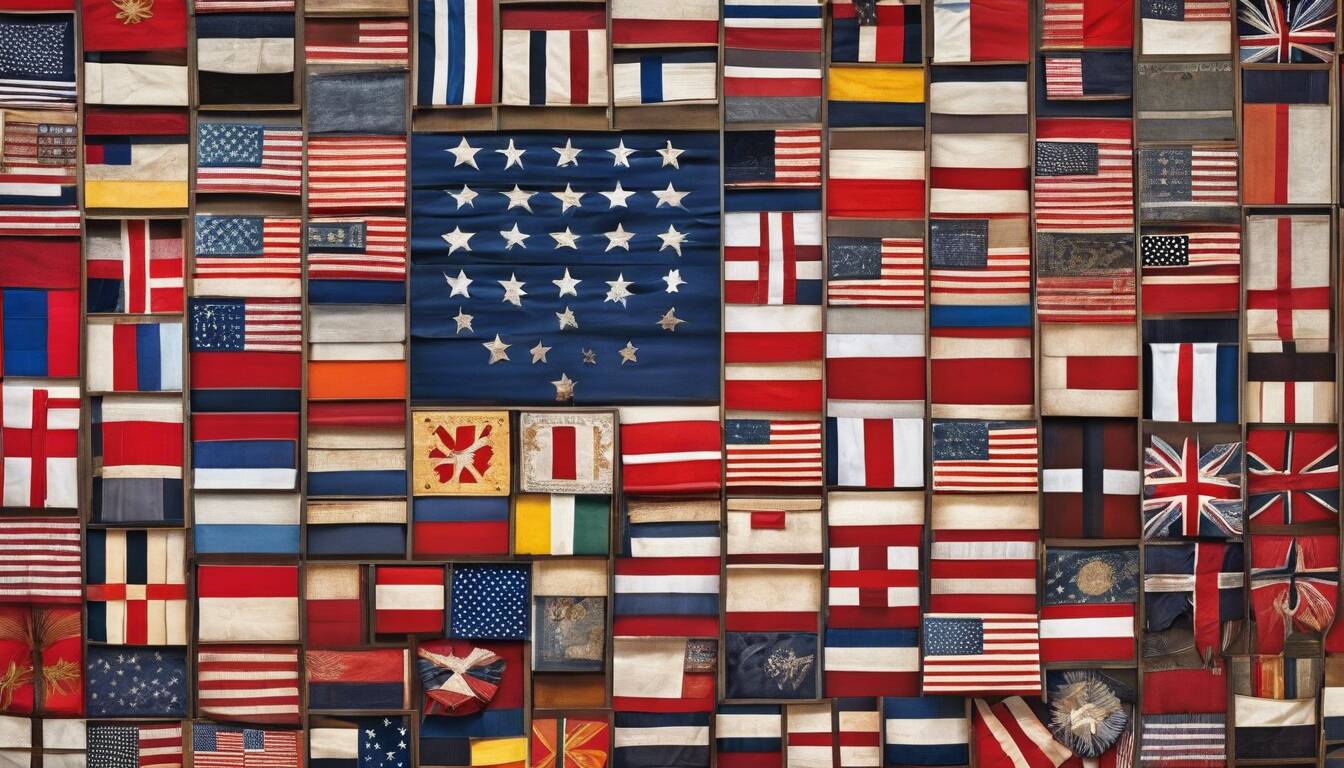
The Evolution of American Flags: A Timeline of Design and Symbolism
The American flag, as we know it today, tells a tale of evolution led by history itself. Its transformation is a vivid reflection of America’s journey from colonial aspirations to sovereign independence. The changes were not random; each new star or stripe added was a direct response to pivotal events and societal shifts. As such, the flag waved during General George Washington’s era looks quite different from ours; their stripes may have been more entwined with the British Union Jack while ours, stars in blue square against red and white stripes. And now, let’s take a closer look at some of those early flags and what they stood for.
Notable American flags throughout history include the Grand Union flag (Continental Colors), the Betsy Ross flag, and the official flag adopted by the Continental Congress in 1777 with 13 stars and stripes representing the original states. These flags played crucial roles in shaping American identity and history.

The Early American Flags and their Meaning
In the early days of American history, flags were more than just colorful pieces of cloth; they were symbols with profound meanings. Each flag represented the hopes, struggles, and aspirations of a fledgling nation striving to assert its independence from colonial rule.
For instance, the “Grand Union Flag” designed in 1775 featured 13 alternating red and white stripes, symbolizing the original 13 colonies, with the British Union Jack in the canton. This grandeur display was raised by General George Washington at Prospect Hill as a symbol of colonial independence.
The “Liberty Tree” flag with a bold green pine tree on a white background was another powerful symbol of American history.
The words “An Appeal to Heaven” represented the colonists’ call for liberty and freedom in their fight against oppression. The imagery of a resilient tree coupled with the impassioned plea to a higher authority captures the unyielding spirit of the early Americans as they sought to break free from tyranny.
Symbolism and Rebellion
As flags were waved high in defiance and resilience, they served as rallying points for gatherings, prompting individuals to unite behind a common cause — one that sought to establish equality and sovereignty. The symbolism imbued within these early flags epitomized the spirit of rebellion coursing through the hearts of those who yearned for freedom.
In essence, these flags embodied multifaceted symbolism; they weren’t merely colors and patterns on cloth but rather beacons of hope and courage that instilled a sense of identity and purpose among early Americans.
The Gadsden flag is a historic flag with a yellow background and coiled snake with the words ” Dont Tread on Me”. In that period, the ‘ was not used. So the words, “Dont Tread on Me” are historically accurate and not a typo. Its design was a warning that should you continue to oppress and abuse power, we will strike back.
These symbols were not merely decorative; they played a pivotal role in defining a shared identity, fostering resilience, and sowing seeds for an independent nation. Their impact reverberated across generations, leaving an indelible mark on history.
Thus, understanding the historical context behind these early American flags provides us with valuable insights into the fervor and determination that characterized this era in American history.
The period of the Revolutionary War marked a tumultuous time in American history, and the flags that emerged during this era echoed the fervor and passion of the colonists as they fought for their independence. The imagery and symbols on these flags resonated deeply with the struggles and aspirations of early Americans.
The “Continental Colors,” also known as the Grand Union Flag, was one of the earliest symbols of American defiance and unity. Its design ingeniously combined the British Union Jack with alternating red and white stripes, visually representing the coexistence and evolving relationship between America and Britain. This flag served as a significant statement, symbolizing both allegiance to Britain and the burgeoning desire for independence. The integration of British elements alongside distinctive American markings became an important emblematic representation during this pivotal period in history.
Another prominent flag of this era was the “Don’t Tread on Me” flag, featuring a coiled rattlesnake accompanied by the bold message demanding respect: “Don’t Tread on Me.” The striking imagery conveyed a clear message to the British authority, emphasizing that Americans were ready to defend their rights with great determination and vigilance. The rattlesnake itself carried symbolic weight, embodying resilience, strength, and a fierce readiness to defend against any affront. This powerful symbolism ignited passion among colonists and bolstered their resolve during challenging times.
These flags were not just pieces of cloth; they were visual representations of liberty, resilience, and solidarity—symbols that unified patriots in their fight for freedom.
Imagine gazing at these flags unfurled in the wind, with their stirring imagery resonating in the hearts of those who yearned for liberty. The symbolism embedded in these flags fueled courage, hope, and a collective sense of purpose among early Americans.
The flags borne during the Revolutionary War encapsulated a profound blend of imagery, history, and spirit that kindled a fervent sense of patriotism and tenacity among colonial forces.
As we transition forward through history, we delve into the captivating world of flag design’s use of colors to convey profound meaning and emotion.
The Role of Color in Flag Design

Color can say a lot. Whether it’s about a person, a place, or an entire country, it plays a crucial role in communicating values and identity. In the case of flag design, color is the vibrant language that communicates the essence of a nation and its citizens’ aspirations.
Let’s think about it. When someone waves a flag, they’re speaking without using words. Just like a person’s choice of clothing might express something about their character or beliefs, colors on a flag carry the same weight—sometimes, even more so.
For example, consider the American flag—the red symbolizes hardiness and valor, white signifies purity and innocence, and blue represents vigilance, perseverance, and justice. The specific choices made for these colors convey a meaningful message about what America stands for.
But why are these particular colors chosen? It’s important to understand that the significance of colors lies in the historical narratives and cultural associations linked with them. Each color carries an inherent symbolism that reflects certain virtues or ideals.
For instance, did you know that red is often associated with courage and bloodshed in battle? It makes sense then that red in the American flag symbolizes hardiness and valor.
While every country has its own story to tell through its flag, there are universal interpretations of colors. White often signifies peace and unity, blue represents loyalty and justice, while yellow is linked with prosperity and hope. Flags are a visual representation of these shared values by way of color.
Understanding Cultural Significance
The cultural significance of colors cannot be overstated. For instance, in some countries, yellow is considered an auspicious color, while in others it may have negative connotations. Therefore, when designing a flag to represent a nation, it’s crucial to consider these cultural nuances carefully.
Take China’s flag, for example. Red holds great cultural importance in China as it symbolizes happiness and good fortune. On their national flag, the color red stands boldly as a reflection of their cultural heritage and aspirations as a nation.
Thus, as we can see, color plays an intricate part in shaping the essence of national flags with each hue carrying profound meaning, tradition, and collective consciousness from generation to generation.
Now that we’ve explored how color shapes the essence of national flags through symbolism and cultural significance, let’s delve into the evolution from 13 to 50 stars on the American flag.
The Evolution from 13 to 50 Stars
In the history of the American flag, the stars have served as a potent symbol of the country’s progress and cohesion. When contemplating the flag, our attention is often drawn to its stars, with each star representing a state in the United States. However, it was not always the case—before there were 50 stars, there were only 13.
Initially, during America’s infancy when its expansion westward had not yet materialized, there were just 13 colonies along the East Coast. These colonies united to establish what is now known as the United States of America. So, when they conceived a flag to symbolize this new union—a representation of their newfound unity—the design incorporated 13 stars.
Over time, as more states joined the Union, extending America beyond its original boundaries, a star was added to the flag for each new state. This was not just an arbitrary addition; each new star symbolized a new facet of America and what it represented—enriching the concept of “E pluribus unum,” meaning “Out of many, one.”
The meteoric growth of the United States—from a mere 13 colonies along the Atlantic coast in colonial times to encompassing extensive territories across North America—is truly astonishing. Contemplating each additional star marking this expansion and unification is truly profound.
A noteworthy instance is when Hawaii became the 50th state in 1959. This entailed adding another star to the flag—an insightful indicator of how much America had expanded since those early days when only 13 colonies came together.
This evolution from 13 stars, symbolizing the original states, to 50 not only embodies territorial expansion but also reflects cultural diversity and unity—the very foundations upon which America was built.
Now let’s delve into how this transition was ceremonially carried out through adding new stars and acknowledging new states on the flag—a captivating process that mirrors America’s history and values.
The Modern American Flag and Associated Regulations
The stars and stripes of the American flag represent a rich history and a uniting force for Americans across the country. Adopted as the official national flag by the Continental Congress in 1777, this emblem continues to stand as a powerful representation of unity, freedom, and national pride. Its design has evolved over time, mirroring the growth of the nation it symbolizes. However, beyond its visual symbolism, there are rules and guidelines that dictate how this revered standard should be treated—an expression of the nation’s deep respect for its emblem.
The Federal Flag Code, established in 1942, defines proper etiquette for displaying, using, and respecting the American flag. This code includes detailed guidelines on important aspects such as when to fly the flag at half-mast, how to raise and lower it respectfully, and appropriate behavior during ceremonies involving the flag. It also outlines proper methods for folding, storage, and retirement of flags to ensure they are treated with the honor they deserve.
Additionally, the code advises on specific scenarios where flag usage is or isn’t appropriate. For instance, it stipulates that the US flag should be displayed prominently at public institutions such as schools and government buildings but should not be used as a covering for a ceiling or draped over vehicles or other objects.
When raising or lowering the American flag, it is customary to do so slowly and in a dignified manner. Furthermore, if flying multiple flags alongside the American flag, such as state or organizational flags, they should be at equal height with each other but below the national flag.
Understanding protocol for occasions like Memorial Day and Independence Day becomes crucial. The Federal Flag Code outlines respectful practices for these specific days when displaying the American flag is significant and embedded in patriotic tradition.
Adhering to these regulations is more than just following set rules; it’s an expression of reverence for what the flag represents. By ensuring that these guidelines are observed with attention to detail, we honor those who have sacrificed for our nation’s freedom and unity.
In all respects, recognizing and upholding these standards brings our collective values to life—values that define us as a nation built upon principles of democracy and liberty.
Understanding these regulations fosters a deeper appreciation for the iconic symbol of the American flag. By honoring its significance through adherence to these guidelines, we continue to uphold and exemplify the values it embodies.
Epochal Flags and their Historical Significance
The “Star-Spangled Banner” has a remarkable story. It was during the War of 1812, while witnessing the bombardment of Fort McHenry, that Francis Scott Key was inspired to pen the verses that would later become the national anthem of the United States. The sight of the American flag flying high despite heavy shelling and smoke symbolized the unwavering spirit and determination of the American people, making it an enduring emblem of resilience.
The Star-Spangled Banner
The 15 stars and 15 stripes displayed on the “Star-Spangled Banner” are poignant symbols of the unity and pride that defined the nation during a tumultuous period in its history. This flag is a testament to the fortitude displayed by those who fought to defend their homeland, reflecting the resilience and indomitable spirit that continues to define America today.
As we reflect on these historic flags, it becomes clear that each one symbolizes a unique chapter in American history, resonating with timeless themes of unity, perseverance, and hope for a brighter future.
The evolution of American flags is not just a chronicle of design changes; it is a living testament to the enduring values that have defined the American experience. Each flag represents a tapestry woven with stories of resilience, unity, and unwavering hope—qualities that continue to shape America’s identity.
You may also enjoy this article:


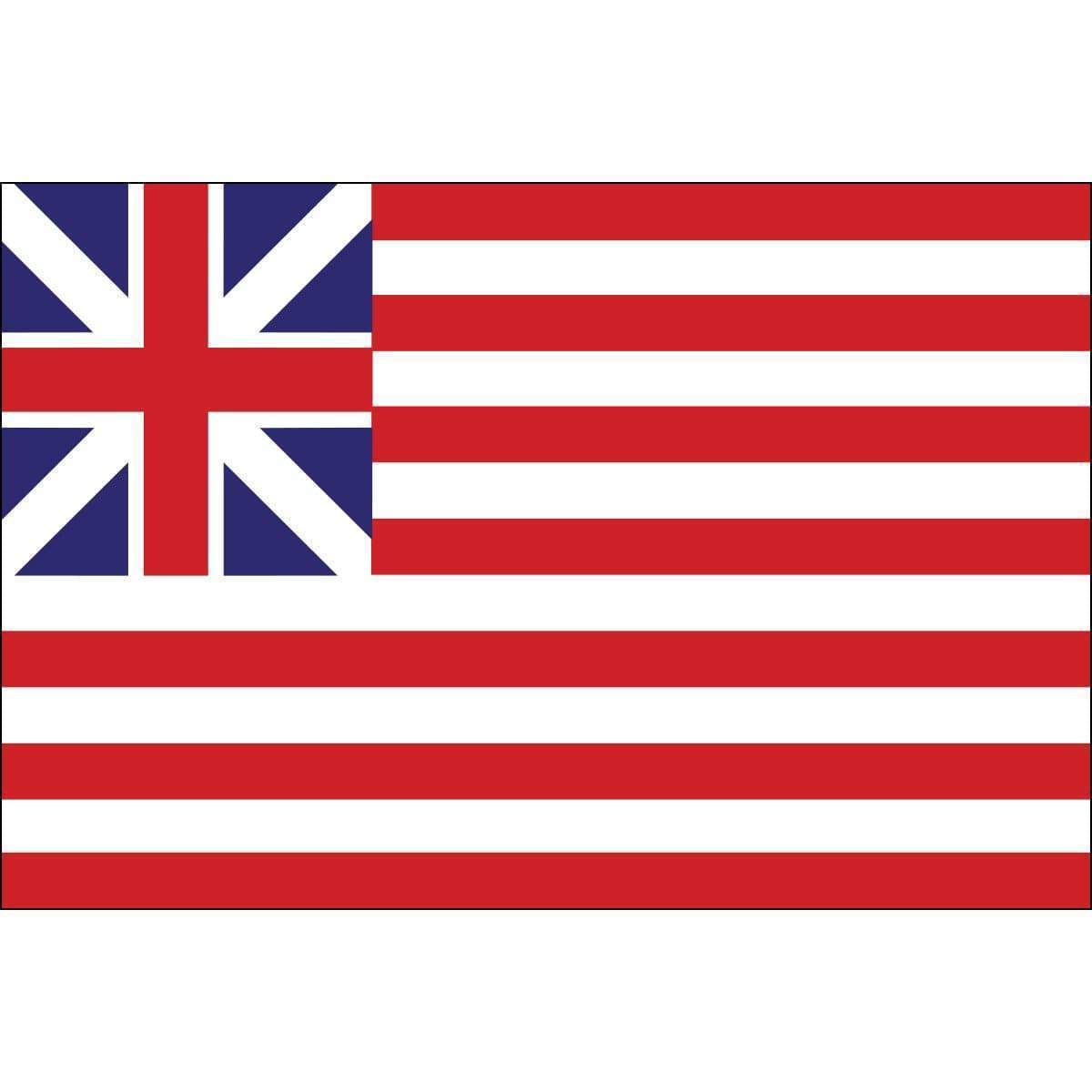



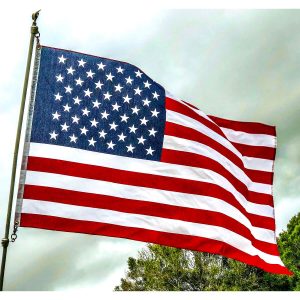



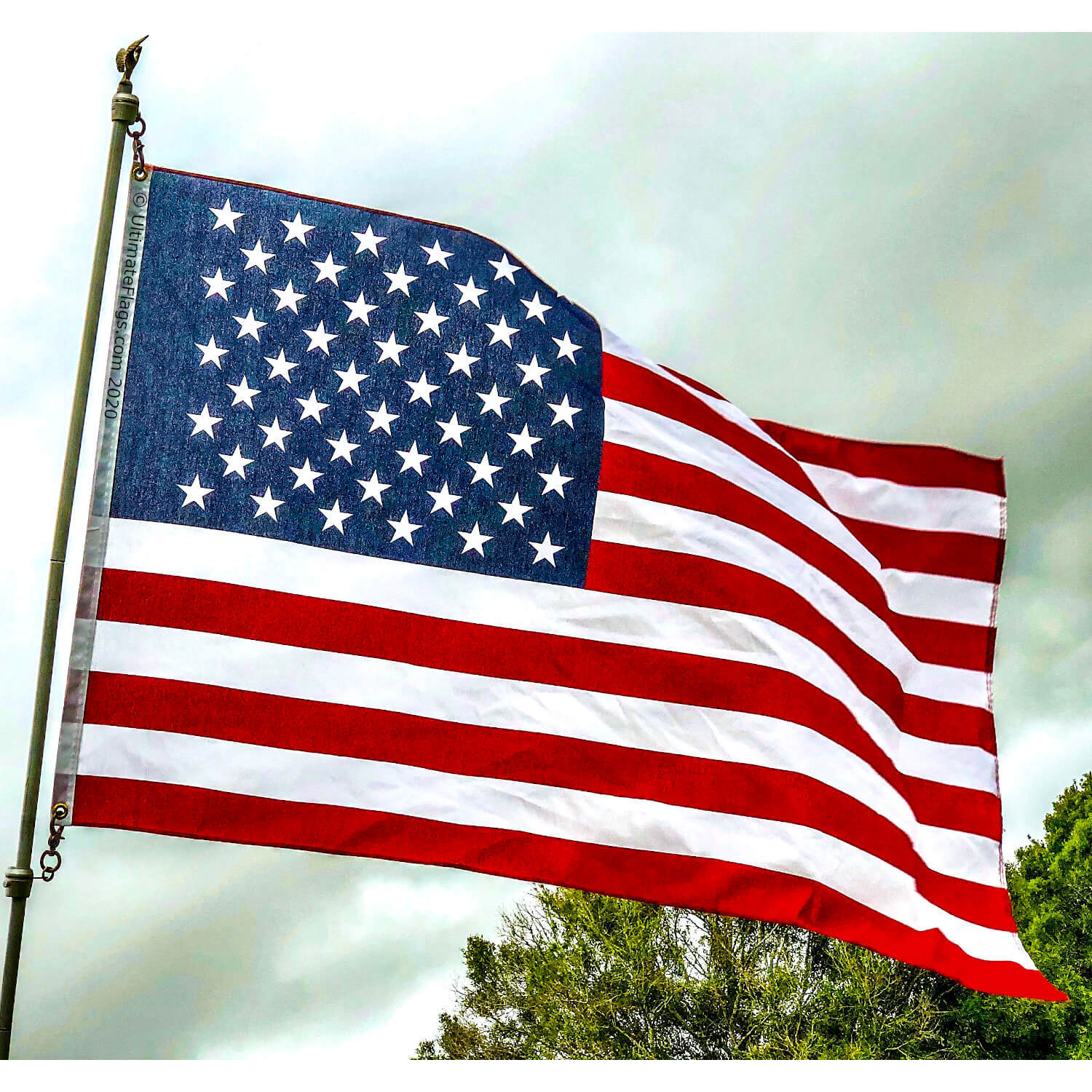

 The
The 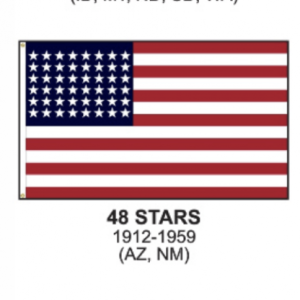


 In addition to Flag Day, there are other occasions in which the flag is displayed prominently in public life. The Fourth of July, also known as Independence Day, is perhaps the most widely-recognized example. From fireworks displays to BBQs with family and friends, people throughout the nation come together on this day to celebrate their heritage and recall their shared legacy.
In addition to Flag Day, there are other occasions in which the flag is displayed prominently in public life. The Fourth of July, also known as Independence Day, is perhaps the most widely-recognized example. From fireworks displays to BBQs with family and friends, people throughout the nation come together on this day to celebrate their heritage and recall their shared legacy.
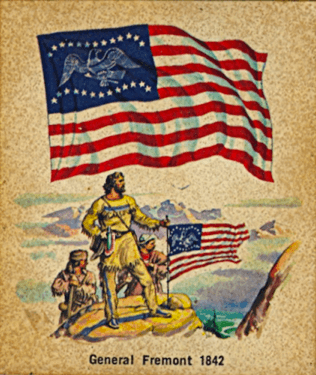






 6. The Right Way of Viewing the Flag. During a parade or review, when the flag is out for display. Everyone, with the exception of the police is supposed to face the American flag with the right arm over the heart, saying the flag laws. This is the same when one witnesses the national flag raised as a part of the ceremony.
6. The Right Way of Viewing the Flag. During a parade or review, when the flag is out for display. Everyone, with the exception of the police is supposed to face the American flag with the right arm over the heart, saying the flag laws. This is the same when one witnesses the national flag raised as a part of the ceremony.
